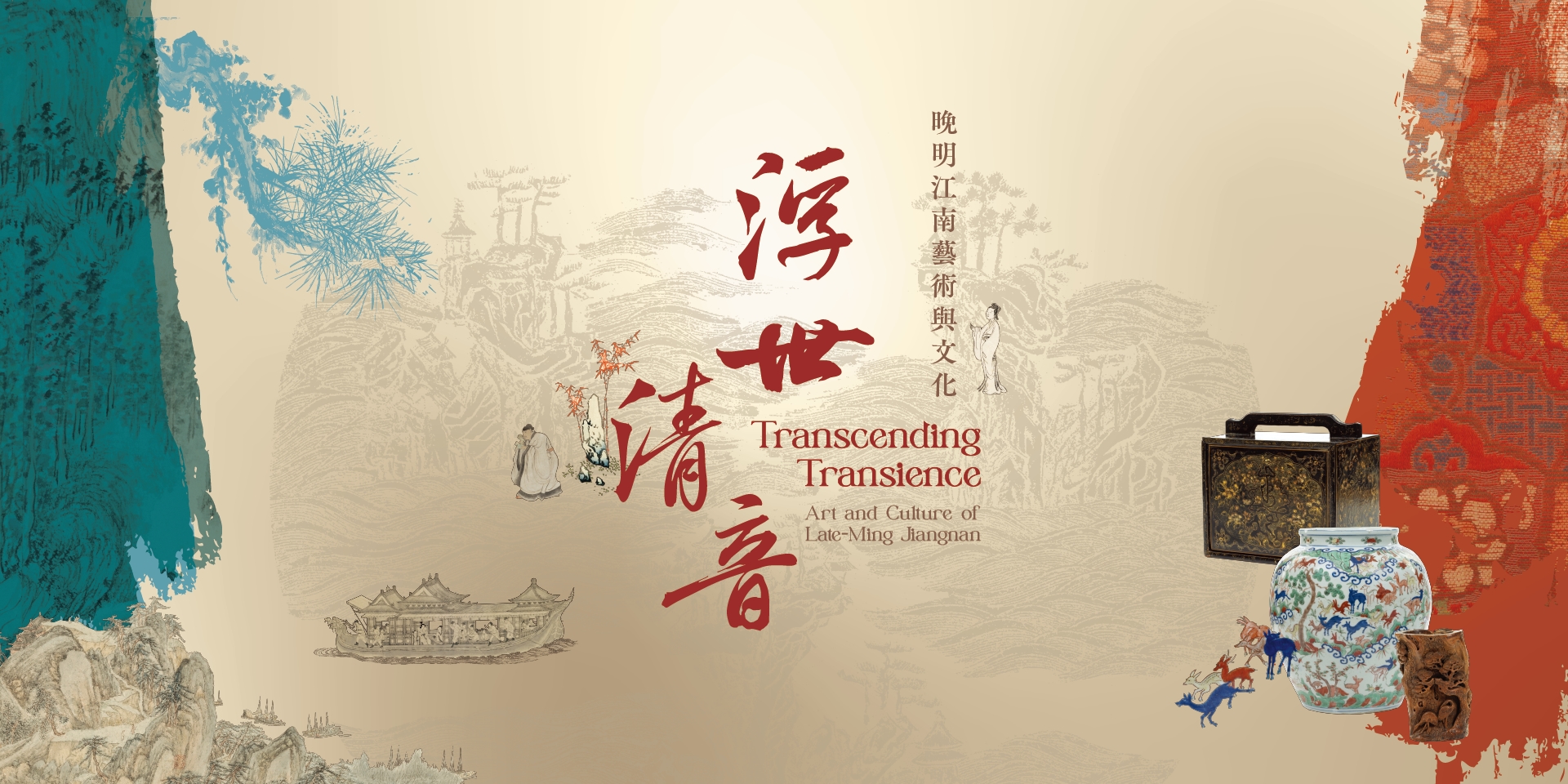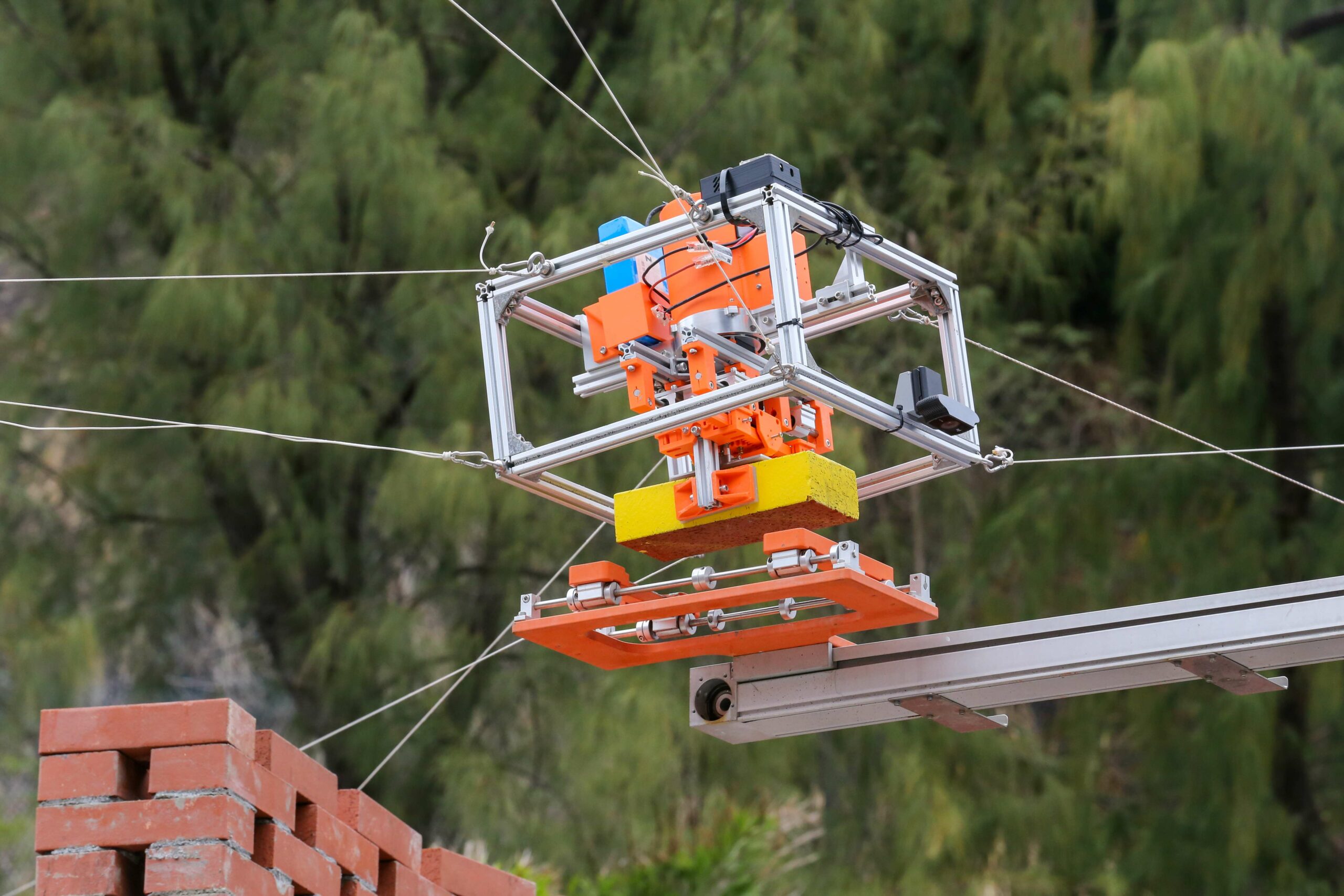The CUHK Art Museum has launched its largest exhibition since its inception: “Transcending Transience: Art and Culture of Late-Ming Jiangnan”. This captivating showcase promises to transport visitors back to the elegant, vibrant world of the Jiangnan region of China, corresponding to today’s Jiangsu and Zhejiang provinces, during the late-Ming period, the late 16th to mid-17th centuries, offering a glimpse into a bygone era of creativity and refinement.
Coinciding with the exhibition is the grand opening of the Art Museum’s new wing – the Lo Kwee Seong Pavilion, designed by iconic Hong Kong architect Dr Rocco Yim Sen-kee – which looks like a bare concrete castle hidden in the mountains. The new wing and the exhibition represent a significant milestone for the Museum, marking a new chapter in its commitment to fostering cultural exchange and appreciation.
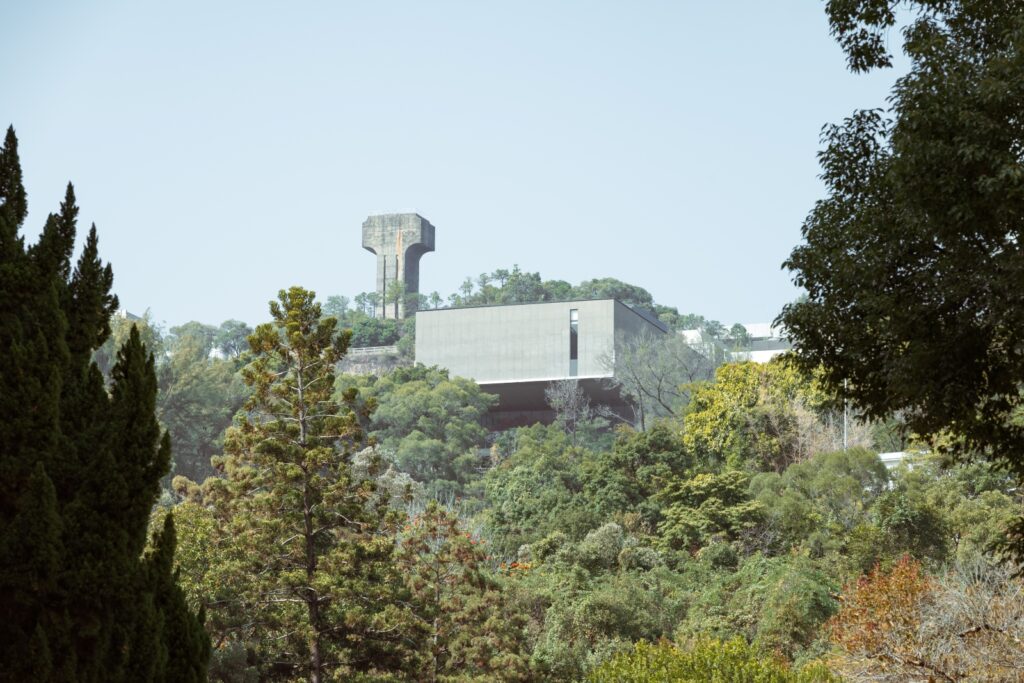
Professor Josh Yiu, Director of the CUHK Art Museum, expressed his enthusiasm for the development: “Our new extension marks the beginning of art popularisation at the University, as noted by our Vice-Chancellor (Professor Dennis Lo Yuk-ming). The insight behind that statement is that this Museum is the place where University education is offered to the wider public, and we consider it our duty to shoulder the responsibility of this form of public service.
“Thankfully, we have many like-minded partners. Among them is the Shanghai Museum, which has collaborated with us regularly since 1987 and which is jointly organising ‘Transcending Transience’ with us and CUHK’s Department of Fine Arts.”
A tapestry of artistic expression
The exhibition features a remarkable collection of 193 precious art objects, including paintings, calligraphy and antiquities sourced from esteemed institutions such as the Shanghai Museum, The Metropolitan Museum of Art (the Met) and the Asian Art Museum (Berlin). Among the highlights are nine grade-one national treasures making their debut in Hong Kong.
Of course, it also features art objects from CUHK’s own collection, and the white jade box with orchids by Lu Zigang dated 1561 is an absolute highlight. “The meticulous carving of orchids in low relief on translucent jade epitomises the refined taste of the learned scholars and collectors during the late-Ming period. Jade carvings by Lu Zigang were highly sought after even during his lifetime, and this masterpiece from the CUHK collection is believed to be one of the few works that were made by Lu,” explained Professor Yiu.
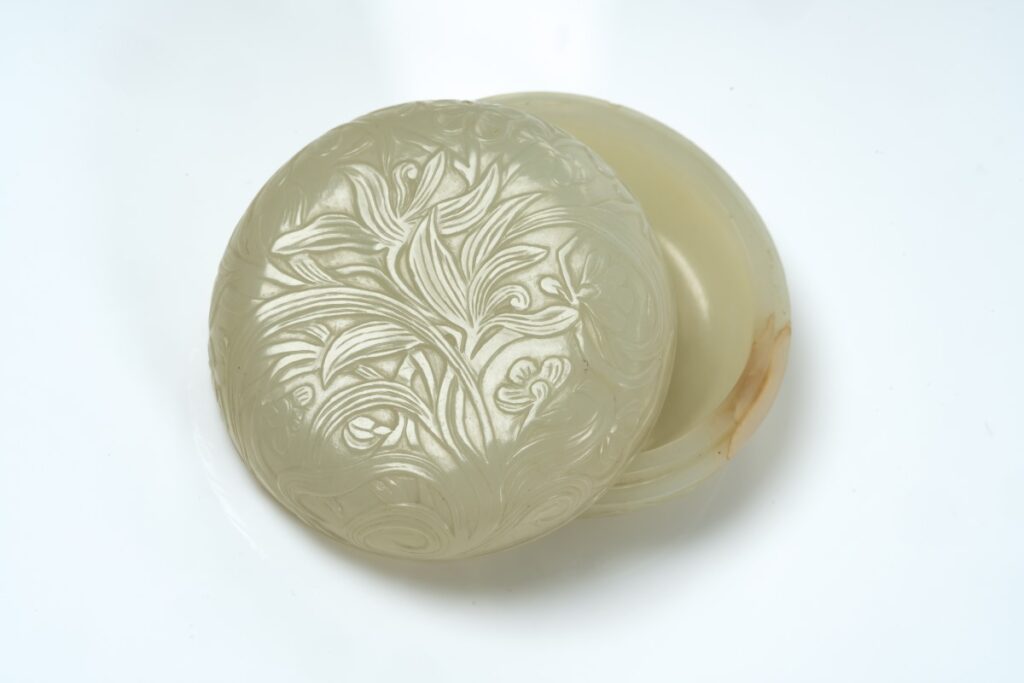
Landscape of Shanyin, dated 1608, by Wu Bin (active 1573-1620), is probably the most eccentric work from the Shanghai Museum and continues to awe viewers of all ages. Layers of surging peaks in kaleidoscopic colours and texture strokes, thrusting left and right amid cloudy mist, suggest an untamed nature capable of distorting majestic mountains and obscuring minute settlements in lower valleys. It begs the question of whether the nature imagined by Wu reflects his eccentricity or our own ignorance of nature.
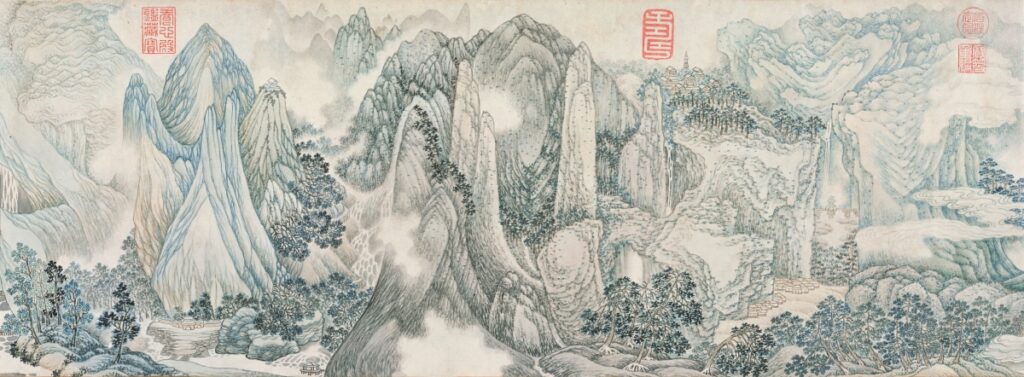
Among the overseas contributors, Dr Jason Sun, the Brooke Russell Astor Curator of Chinese Art of the Department of Asian Art at the Met, shared his insights on this collaboration: “The Met has collaborated with CUHK on many projects, including exhibitions, symposiums and professional training workshops. I found a 2018 workshop particularly exciting and rewarding[1]. I was pleased that we were able to train young museum professionals and help them achieve their goals and, in return, we ourselves gained new experience and broadened our perspective by learning from their feedback.”
The most celebrated art piece Dr Sun brought along from New York to Hong Kong has to be a rectangular red lacquer box with painted landscape and figures. “One of the most celebrated pieces from the Met’s collection, it was masterfully made and exquisitely decorated by craftsmen from Fujian, which not only exemplifies the talent and skill of Fujian lacquer masters but also illustrates the life of urban society of the late Ming time,” commented Dr Sun.
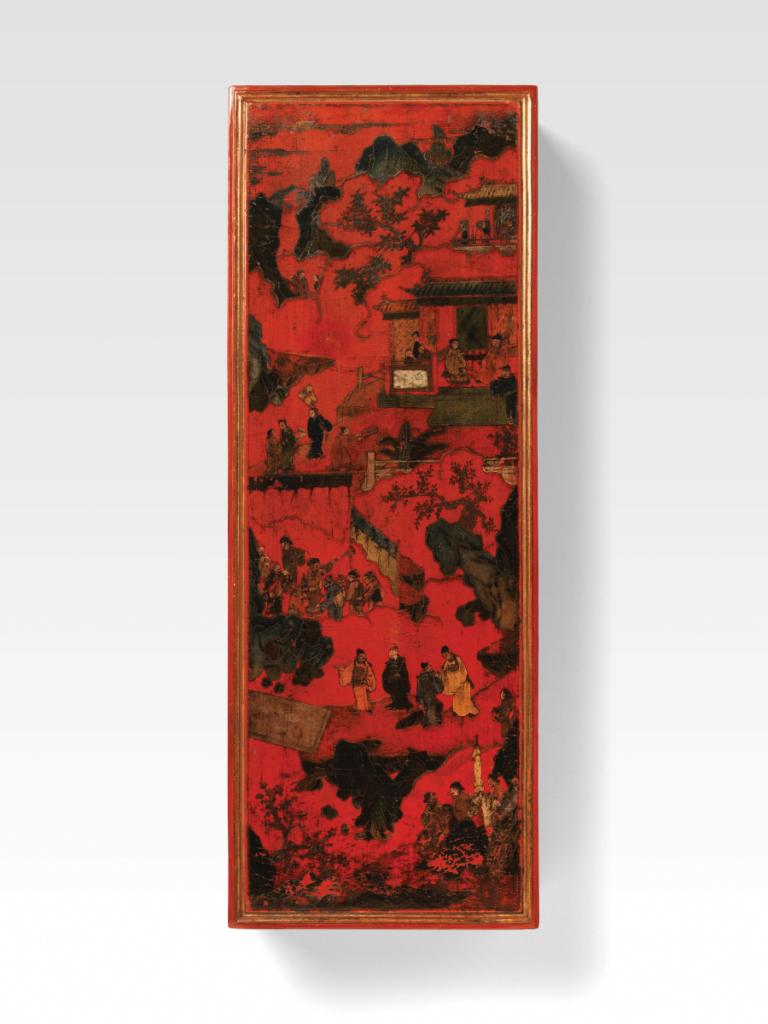
Exploring ancient China’s material culture via art pieces
The exhibition is divided into four thematic sections, each offering a nuanced exploration of the cultural landscape of late-Ming Jiangnan. Visitors will be immersed in a world where a kaleidoscope of styles emerged, from nuanced paintings for the learned to florid textiles for ostentatious consumers, creating a dynamic tapestry of artistic expression.
As visitors journey through the exhibition, they are transported to a world where creativity knows no bounds and where art serves as a mirror to society’s aspirations and values. The intricate details, vibrant colours and profound symbolism woven into each artwork invite contemplation and appreciation. Further contributing to this vibrant scene are export items destined for the constantly growing overseas market – one of the exhibits is a late-Ming porcelain plate with Arabic script on it.
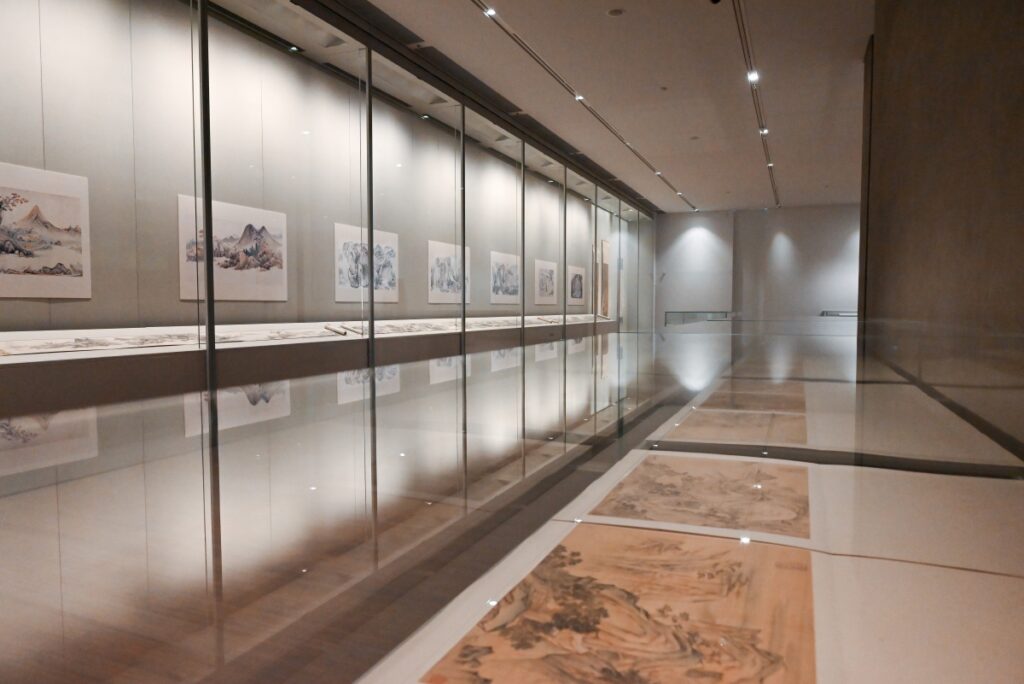
A golden era for art, an age of political turmoil
The exhibition has origins stretching back nearly eight years, said Professor Yiu. “In 2017, Professor James Watt, the Museum’s founding curator and former Chairman of Asian Art at the Met, initiated this exhibition, considering the need to reevaluate the final decades of Ming China, when arts bloomed despite political decline. Shanghai Museum Director Dr Chu Xiaobo graciously lent us 90 treasures to reconstruct this golden age of art. I would like to thank the team of 36 CUHK researchers led by Professor Maggie Wan, Dr Jiang Fangting (Remarks: Associate Curator of the Hong Kong Palace Museum) and our late colleague Professor Xu Xiaodong, who worked to develop Watt’s concept, as well as a dozen private collections and other prominent foreign and local museums, all who helped to make this exhibition finally happen.”
As the CUHK Art Museum’s new extension opens its doors, it invites all to join in celebrating the timeless beauty and enduring legacy of this remarkable period in history that continues to inspire and captivate people today. Looking ahead to the future, the Museum is also excited to witness the transformative impact of this new space on the artistic landscape of Hong Kong and beyond.
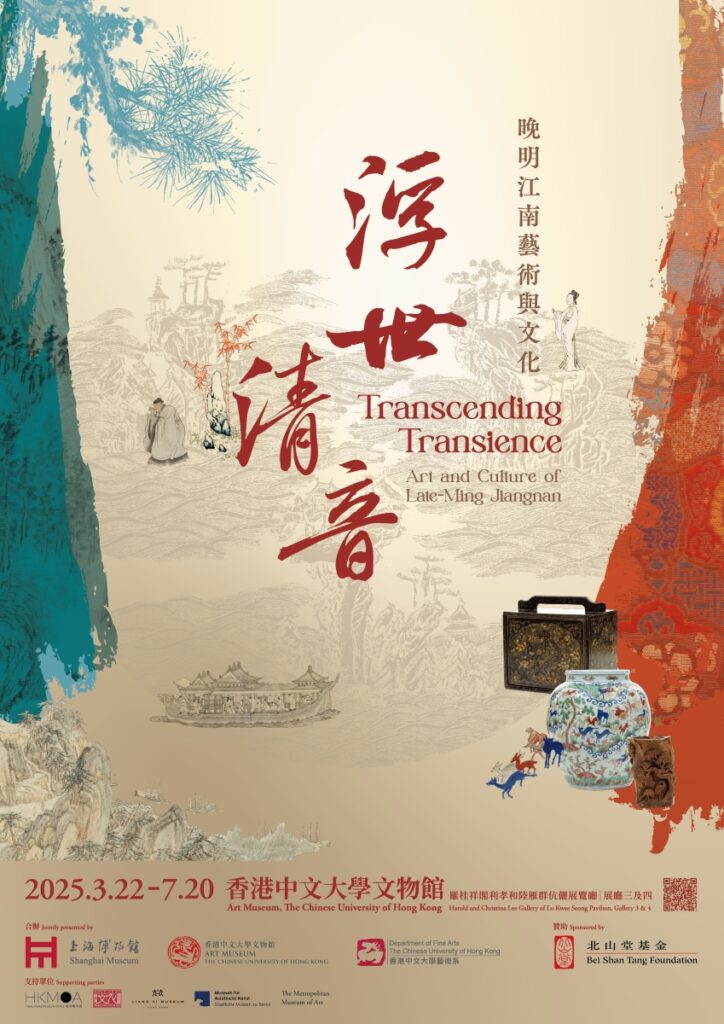
[1] The 5th Museum Professionals Training Workshop: “Exhibition Planning and Education”, held by CUHK Art Museum from 26 March to 7 April 2018.







